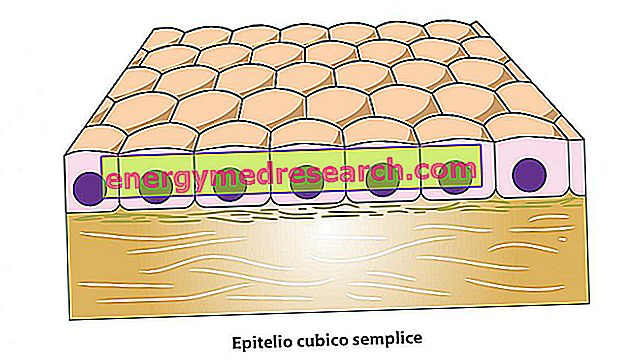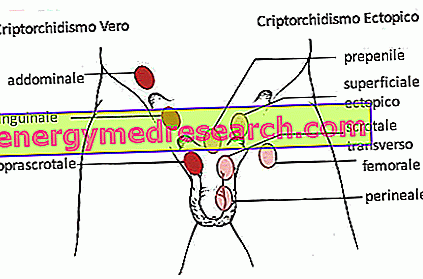
The cubic (or isoprismatic) monostratified epithelium is formed by a single layer of cubic cells, arranged next to each other.
The cells have very similar height and width, so they look like a gaming dice. The nucleus is round and centrally placed with respect to the cells, which makes it possible to distinguish them from those of a simple cylindrical epithelium (where the nucleus is close to the basal lamina).
Due to these characteristics, the protective and containing function of this epithelium is greater than that offered by the simple paved epithelium.
Not by chance, the simple cubic epithelium covers the excretory ducts of the exocrine glands, the thyroid follicles, some tracts of the renal tubules and the outer surface of the ovary.
The cubic epithelium has the function of protecting the tissues and, in the case of the kidney, has the function of re-absorption. It has in fact a lower permeability than the simple paved epithelium present in Bowman's capsule; the latter can be crossed by many substances present in the blood, while in the subsequent sections of the nephron (where there is cubic or low cylindrical epithelium) it is necessary to re-absorb the filtered substances useful for the organism.



